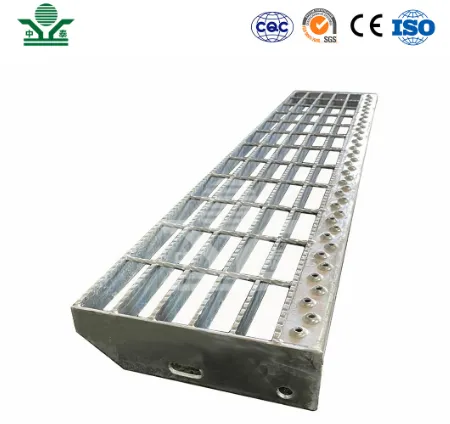Temporary Acoustic Barriers A Solution for Noise Pollution
In today’s urban environment, noise pollution has become a significant concern for many communities. Whether it's the hum of traffic, construction noise, or industrial sounds, excessive noise can adversely affect the quality of life. To mitigate these disturbances, temporary acoustic barriers have emerged as a practical solution, providing not only relief from noise but also paving the way for more sustainable urban development.
Temporary acoustic barriers are specially designed structures that can be erected to absorb and deflect sound waves. These barriers are particularly useful in scenarios where noise pollution is temporary or in localized areas, such as during construction projects, outdoor events, or roadwork. Unlike permanent sound barriers, which can be costly and time-consuming to install, temporary barriers offer flexibility and can be quickly assembled or dismantled as needed.
One of the primary benefits of using temporary acoustic barriers is their effectiveness in reducing noise transmission. Made from sound-absorbing materials such as composite panels, recycled plastics, or other innovative materials, these barriers can significantly lower noise levels. Studies have shown that with the strategic placement of these barriers, noise reduction can reach up to 20 decibels, making a notable difference in the comfort levels of nearby residents and workers.
In addition to their acoustic benefits, temporary barriers also play a vital role in improving safety. In construction zones, for instance, they can help shield workers from the noise distractions that might lead to accidents. Moreover, by clearly demarcating work areas, these barriers contribute to safer environments for both workers and passersby. The aesthetic appeal of modern temporary barriers, often available in various colors and designs, means they can also blend in with the surroundings, minimizing visual disruption.
temporary acoustic barrier

Environmental considerations are paramount in today’s construction practices. Temporary acoustic barriers can be constructed using sustainable materials and are often recyclable at the end of their lifecycle. This aligns with the growing demand for eco-friendly solutions, supporting the need to reduce waste and promote sustainability in urban planning.
Moreover, temporary acoustic barriers support community relations. Noise complaints can lead to tension between construction companies and residents. By implementing effective noise mitigation strategies, such as temporary barriers, companies demonstrate their commitment to minimizing disruption. This proactive approach fosters goodwill and can even enhance the reputation of the company involved.
The adaptability of temporary acoustic barriers is one of their most significant advantages. They can be customized based on the specific needs of a project, whether that involves adjusting the height or thickness of the barriers or employing different materials to achieve desired acoustic outcomes. This versatility also allows for easy relocation, making them ideal for projects that move or change over time.
Despite their many advantages, the use of temporary acoustic barriers is not without challenges. Proper installation is crucial to ensure maximum effectiveness; poorly placed barriers can lead to sound leakage, rendering them inefficient. Additionally, appropriate maintenance is required to ensure that these barriers remain effective over time, especially if they are exposed to the elements.
In conclusion, temporary acoustic barriers represent a significant step forward in the fight against noise pollution in urban areas. Their ability to reduce sound, enhance safety, promote sustainability, and foster positive community relations makes them a valuable tool for developers, contractors, and local governments alike. As urbanization continues to increase, the need for effective noise mitigation strategies will only grow, and temporary acoustic barriers will undoubtedly play a vital role in ensuring that sound does not overwhelm our cities. By integrating these solutions into our construction and urban planning processes, we can create quieter, more livable environments for all.
-
Why Galvanized Trench Cover Steel Grating Resists Corrosion
NewsJul.10,2025
-
The Versatility and Strength of Stainless Expanded Metal Mesh
NewsJul.10,2025
-
Load Calculations in Steel Grating Platforms
NewsJul.10,2025
-
Keeping Pets and Kids Safe with Chicken Wire Deck Railing
NewsJul.10,2025
-
Hole Diameter and Pitch for Round Perforated Metal Sheets
NewsJul.10,2025
-
Aluminium Diamond Mesh in Modern Architecture
NewsJul.10,2025
Subscribe now!
Stay up to date with the latest on Fry Steeland industry news.

